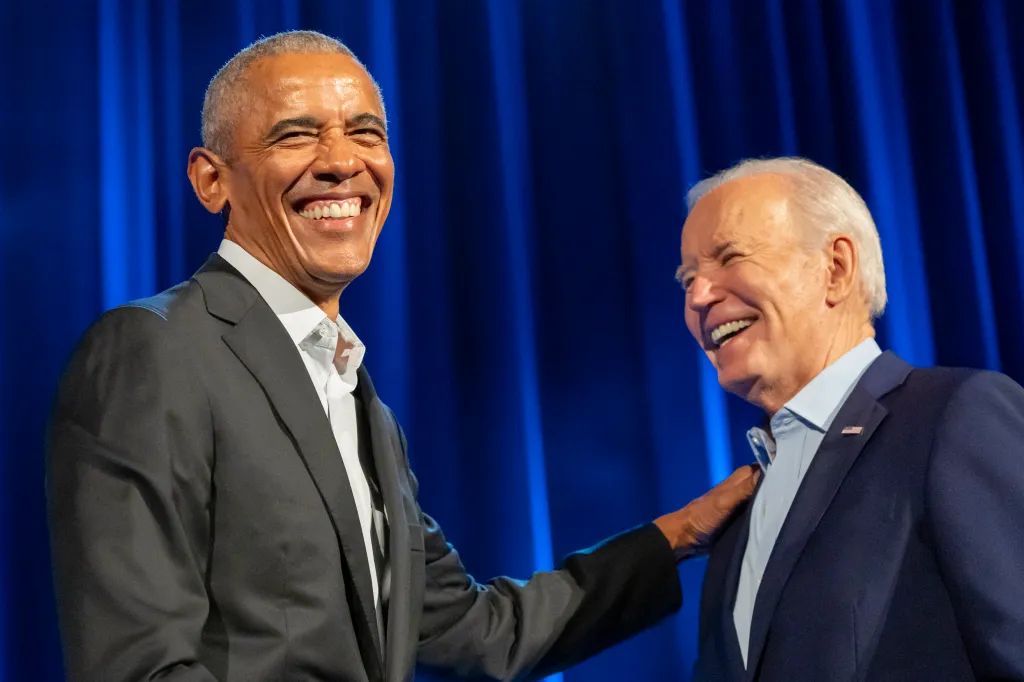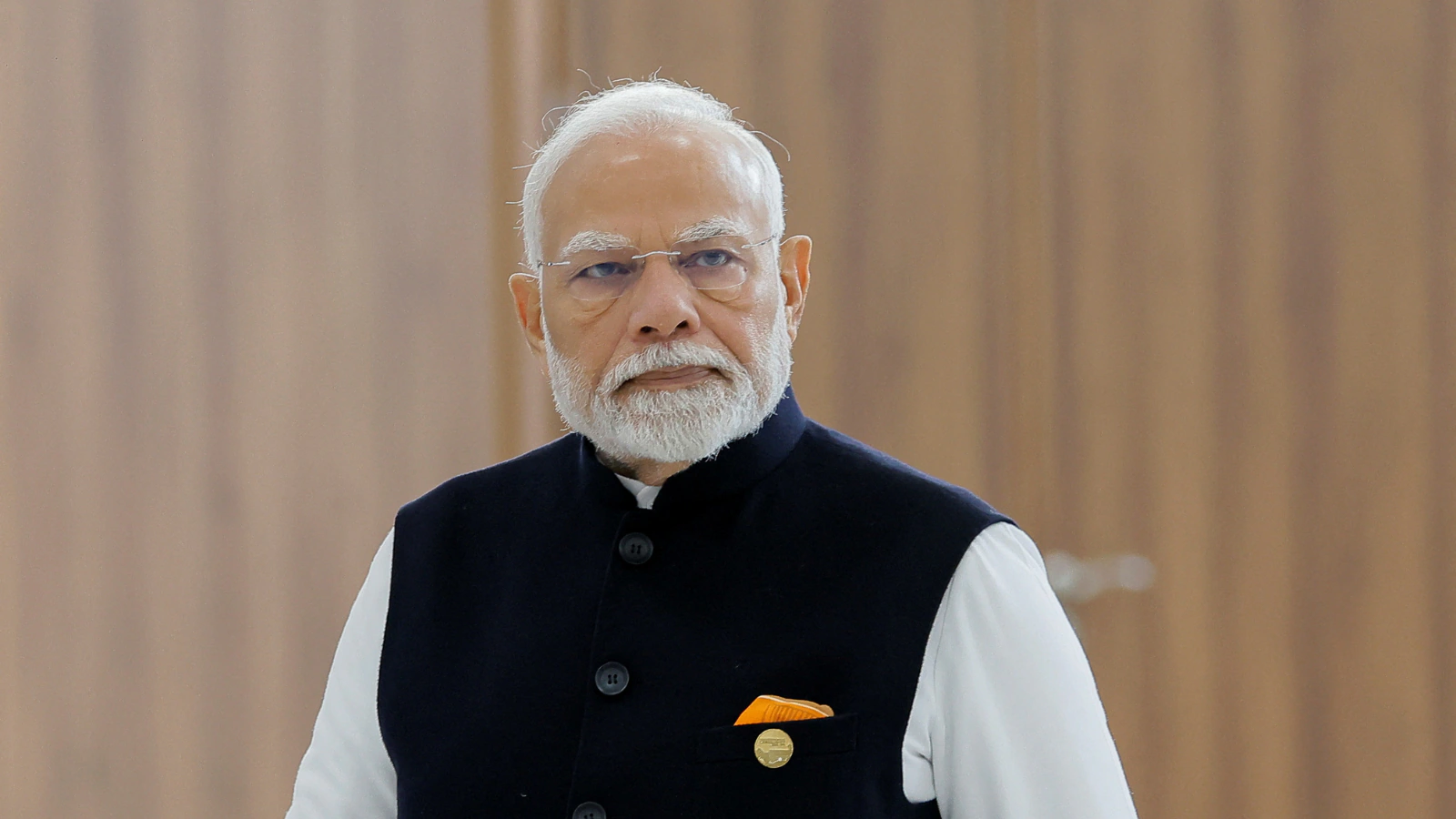
SAN SEBASTIÁN, Spain — Latin American cinema has the talent, but the economics requires creativity, producers and financiers warned at San Sebastián’s Latin America’s Global Reach panel, part of its Creative Investors’ Conference. Volatile state funding, low price points and the fragmentation of distribution make the creativity of producers paramount. Six takeaways from the session:
Room for Action
For Amazon MGM Studios’ Javiera Balmaceda, the way forward lies partly in genres not traditionally associated with the region. “Sayen,” produced by Fabula, a Chilean environmental actioner, travelled widely across Latin America and into Europe, emboldening Amazon to put its upcoming Mexican action thriller “Venganza” into theaters.
That strategy is backed by corporate heft. “Amazon bought MGM, which is a huge theatrical distributor,” Balmaceda reminded the audience. “It’s additive, a great opportunity for word of mouth — people go to theaters, get that experience, and then hopefully see it again at home, or catch it if they missed it. It’s working for us as a multiplier versus as a distractor.”
A Narrow Global Reach
But scale remains a stumbling block. “Latin Americans don’t go to the cinema to watch Latin American films,” said Juan de Dios Larraín of Fabula, pointing to a 3% local share in Chile. Pricing is part of the problem: ““When you’re in a cinema… you will pay $10 for a movie that cost $1 million or $2 million, and you have another one that cost $200 million with Brad Pitt, and tickets cost the same. Is the pricing set in the right way? That’s the question.” Beyond Latin America, language makes matters harder. “With Portuguese, Brazil flies solo,” noted Laura Rossi head of audiovisual investments at Brazil’s MUV Capital. Only a handful of directors — “five or six,” she reckoned — consistently travel film to film, with the rest relying on festival noise to break out.
Building Audiences in Small Increments
European producer Katrin Pors of Snowglobe highlighted a hard reality: “It’s clearly difficult for films to travel well. Always the festival films, and the audience is limited, but it’s there. If you gather 50,000 in one country, 50,000 in another, you can build an audience.” Festival discovery still drives circulation, she argued, but Latin American films increasingly need casts, scale and co-production to compete for international slots.
Fragmented Distribution, Fragile Financing
Fragmentation is often seen as a challenge, but for Rossi, “from a financial point of view, the more fragmented the better.” More local distributors with their own ecosystems, she argued, could raise prices and bargaining power, rather than pan-regional deals that pull them down. At the same time, budgets must be “right sized,” Balmaceda insisted. “Everyone always wants more. We have to maintain and not explode it, otherwise it becomes inefficient and impossible to repeat the following year.”
The Streamer Cycle
Relationships with platforms have shifted too. “There was a bubble under the assumption that more content would bring more subscribers, which didn’t work out,” Larraín recalled of the streaming rush citing Starz and Vix as companies who came and went in terms of producing fiction. With fewer slots now available from the global streamers, producers face intense competition, he said, even when projects check every box.
Towards Maturity
Panelists agreed Latin America needs greater stability. “Be more Europe,” Rossi urged; more predictable funding cycles, more independence from government schedules. Colombia’s cash rebate is already drawing shoots. Brazil’s “I’m Still Here,” an Oscar winner, was fully privately financed, as was sequel “A Dogs Will 2.” “That says a lot about what not relying on what a government schedule can do,” Rossi said.
Latin America saw a marked rebound in the 2000s thanks to notable talent, backed by government funding: Think Carlos Reygadas in Mexico, Pablo Larraín in Chile. Now, panelists warned, sustaining momentum will require sturdier financial models.



